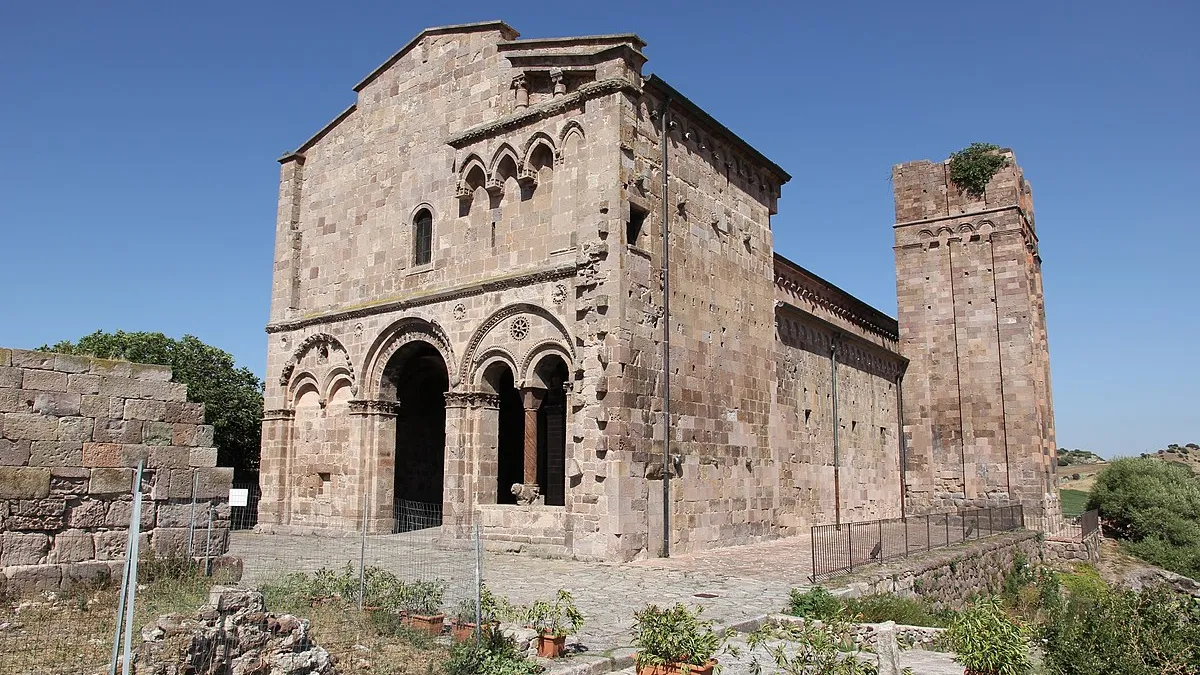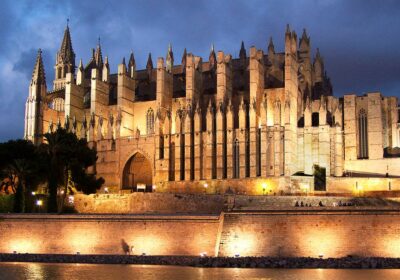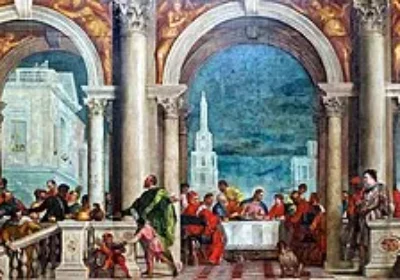Tour of the island of Sant’Antioco, visit to the ancient necropolis.
Sant’Antioco is the name of an island and a small town located in the south-western part of Sardinia in the province of Carbonia-Iglesias. The town has a population of about 12,000, making it the largest on Sant’Antioco.
The island of Sant’Antioco itself, with an area of 109 kilometres square, is the fourth largest in Italy after Sicily, Sardinia and Elba. It is located 87km from Cagliari, with which it is connected by motorway and a modern bridge. The island has two municipalities, San Antioco and Calasetta. Other small settlements include the tourist resort of Maladroxia and Cussorgia.
The island was inhabited as early as the 5th century BC. – It was inhabited as early as the 5th century BC by the Otsieri culture, who were mainly fishermen and farmers. The characteristic stone tombs of the Domus de Janas, menhirs and, of course, the nuraghi – Su Niu de Su Krobu, which can be translated as “crow’s nest” – have survived to this day. The town of Sant’Antioco was founded in the 8th century BC by the Phoenicians, then called Solki. A children’s necropolis has been preserved from it. Later, in the 16th century BC, it became a colony of the Carthaginians, from whom a necropolis also remains. At the end of the 2nd century BC, the city was taken over by the Romans, who connected it to Sardinia by means of an artificial isthmus. In those years it was called Plumbaria.
The current name of the island and the city comes from the name of St Antiochus, a preacher of Christianity who was martyred here in 125. From the 14th century the island was part of the Kingdom of Sardinia, later, in 1503, it was acquired by the Archbishopric of Cagliari, and finally, in 1758, it became the property of the religious order of St Maurizio and Lazarus. At that time it was home to about 450 people.
Today Sant’Antioco is a popular holiday destination for Cagliari’s inhabitants and is crowded at weekends.
Tourists also come here to see the ancient monuments: the early Christian Basilica of Sant’Antioco, restored between 1089 and 1102, the Roman bridge, the ancient acropolis, the Phoenician and Carthaginian necropolises.
It may be interesting to visit the Archaeological Museum of Ferruccio Barreca, the Museum of Wisson and the 19th century fort of Su Pisu.
On this island rich in history and rich in the colours of Mediterranean nature lives an amazing person, winner of the UNESCO Intangible Heritage of Humanity Award, a woman to whom many articles and documentaries have been dedicated – Maestro Chiara Vigo. You will learn first-hand how sea silk is created, woven from fibres found at the base of giant Pinna Nobilis shells and collected personally by Chiara Vigo. Meeting this unique artisan will make you see the sea and the nature surrounding this fabulous island in a new way.

















